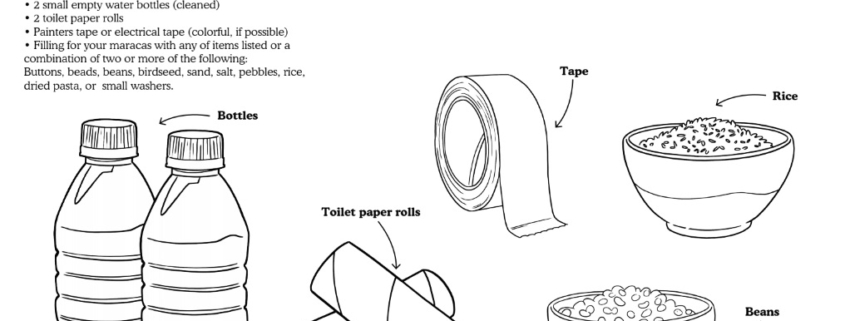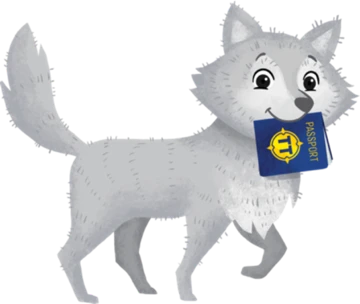This week we are headed to the United States of America.
Before the arrival of Europeans, the land was inhabited by an estimated 50 million indigenous peoples, who lived in dozens of different tribes throughout the land. Today, the indigenous population is around 4.5 million, the result of disease and genocide committed by empires driven by their desire for conquest.
For this week’s activity you will color a map of the USA and identify key geographic landmarks, then find indigenous tribe names in a word search. This map of the United States shows the areas of land that were occupied by 34 indigenous peoples during the time before European settlers colonized North America, only a small portion of the tribes that used to live on this land. It is important to note that many indigenous populations have been known by different names, many of which are not what they refer to themselves as. For this reason you may not recognize all of the tribe names on this map. Try and see what you can learn about the names you don’t know.
Indigenous peoples – a term of self-identification that describes a person/people who have a long history living in and strong link with a specific territory, who have distinct cultures and societies, that pre-date colonial settlement
Genocide – the organized killing of a group of people, because of their race, religion, culture or nationality
Empire – one ruler who gathers and controls a group of territories or peoples
Conquest – to gain something (in this case, land), often with force and violence
Resources/Further Reading
- National Museum of the American Indian – Native Knowledge 360: Transforming Teacher and Learning about Native Americans
- United Nations – Indigenous Peoples, Indigenous Voices
- Kid’s Britannica – Genocide











